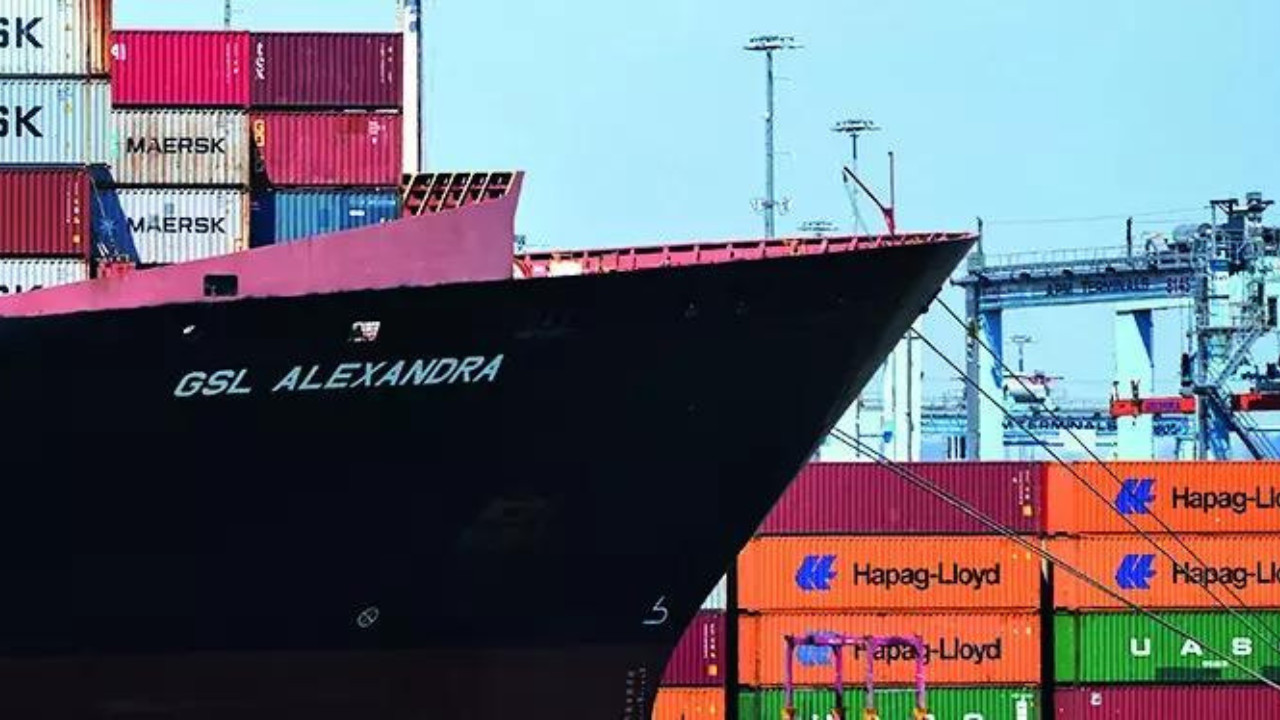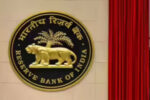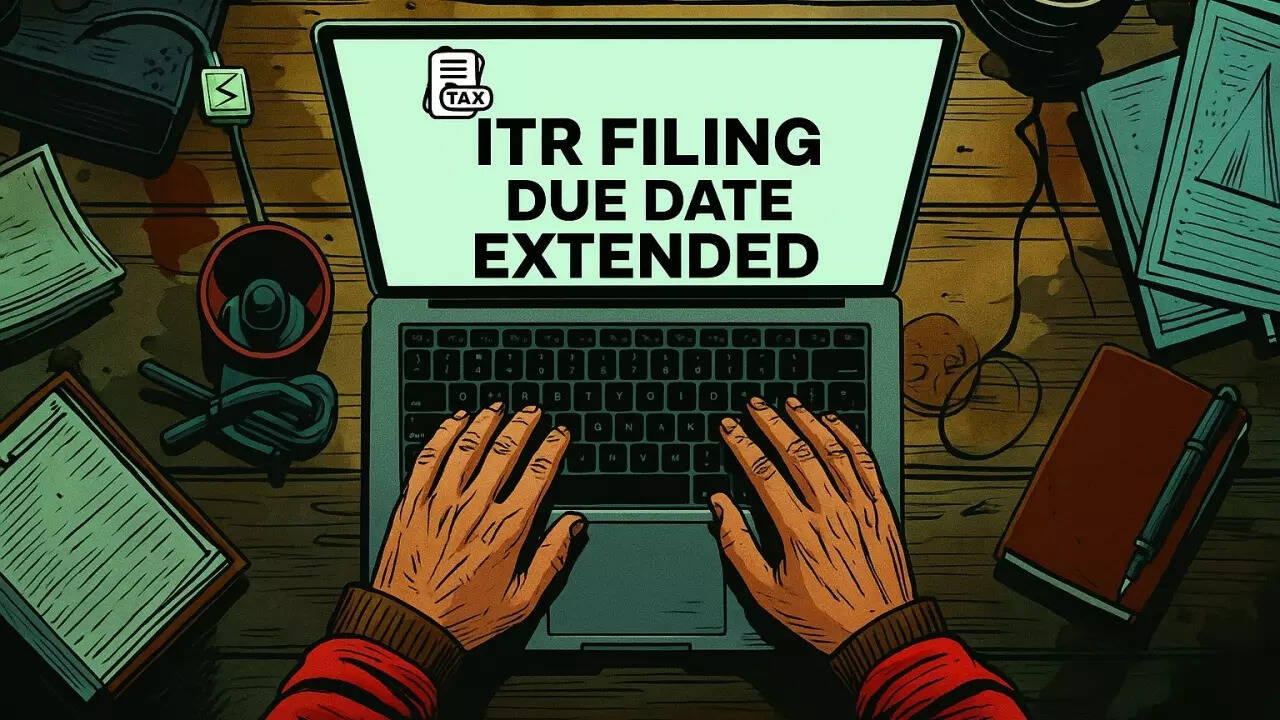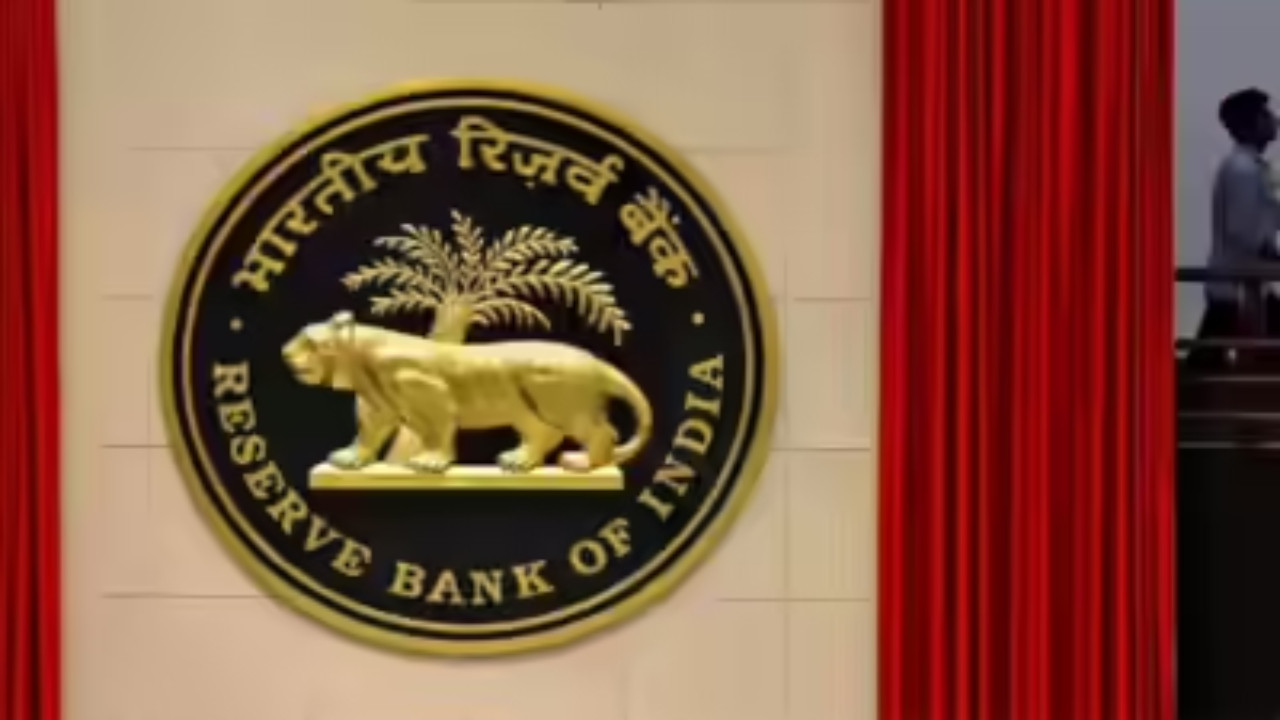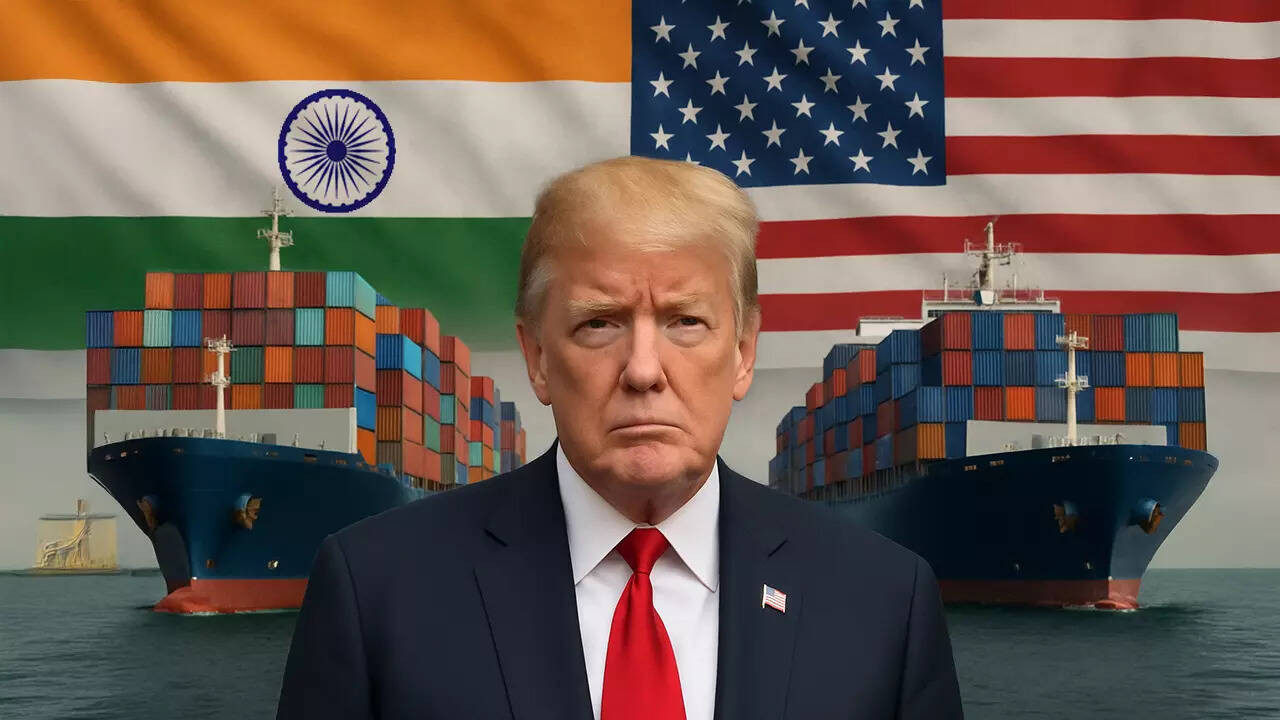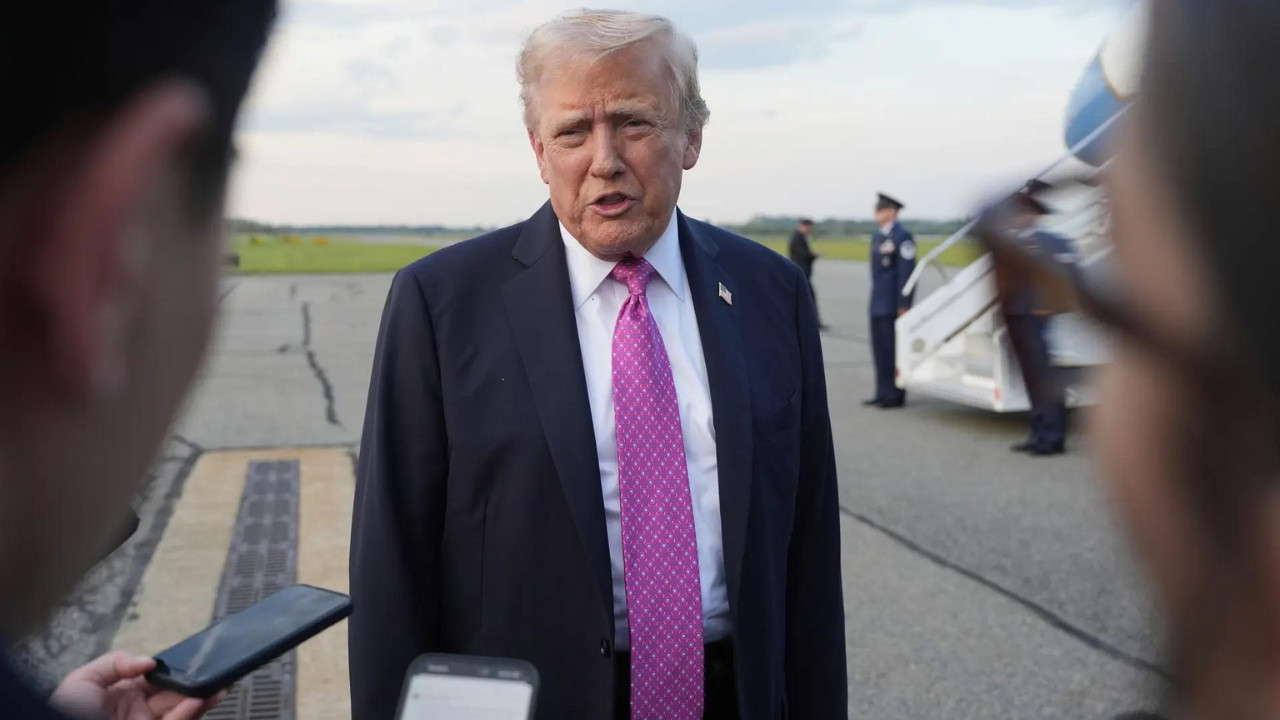Sri Lankan exporters are concerned about a potential 30 percent tariff on goods entering the United States. The Exporters Association of Sri Lanka urges the government to negotiate with Washington before August 1. They highlight that competitor nations face lower tariffs. The association advises exploring new international markets to protect the economy from trade shocks.
Storm Clouds Gathering: How a US Tariff Hike Could Rock Sri Lanka’s Exports
The air in Sri Lanka’s export sector is thick with unease. Whispers of a potential 30% tariff hike by the United States are growing louder, and the impact could be devastating for key industries. Forget a gentle shower; this feels more like a looming monsoon threatening to wash away livelihoods and disrupt established trade routes.
For Sri Lanka, the United States isn’t just another trading partner; it’s a vital lifeline. A significant portion of the island nation’s apparel and rubber exports flow directly to American consumers. A sudden 30% price surge on these goods could trigger a sharp drop in demand, leaving Sri Lankan businesses scrambling to stay afloat.
Apparel Industry Faces a Tight Squeeze
Sri Lanka’s apparel industry, a cornerstone of its economy, is particularly vulnerable. Already navigating rising production costs and fierce competition from other Asian exporters, a 30% tariff would significantly erode its competitive edge in the US market.
Imagine a small garment factory in Colombo, employing hundreds of skilled workers. They’ve spent years building relationships with American retailers, meticulously crafting high-quality clothing that resonates with US consumers. Now, suddenly, their products become significantly more expensive, potentially pushing buyers towards cheaper alternatives from countries with more favorable trade agreements. This translates to fewer orders, potential layoffs, and a chilling effect on the entire industry.

Rubber Industry Braces for Impact
The rubber sector is equally concerned. Sri Lanka is a notable exporter of rubber products, including tires and industrial components, to the United States. A 30% tariff would make these products less attractive to American buyers, potentially diverting demand to other rubber-producing nations.
The impact extends beyond the large rubber manufacturers. It trickles down to the smallholder rubber farmers who cultivate the raw material, and the factory workers who transform it into finished goods. These communities rely on a stable export market to sustain their livelihoods.
Beyond the Bottom Line: A Human Cost
While economic projections and trade figures paint a picture of the potential damage, it’s crucial to remember the human cost. Thousands of jobs are at stake, and entire communities could face hardship if Sri Lanka’s export sector takes a major hit. The ripple effects could extend to other sectors, impacting families and fueling economic instability.
The Call for Dialogue and Diplomacy
The Sri Lankan government and export associations are actively seeking avenues to address this impending crisis. Dialogue with the US government is paramount. Exploring alternative trade agreements and diversifying export markets are also crucial steps.
This isn’t just about preserving profits; it’s about protecting livelihoods and ensuring a stable future for Sri Lanka’s economy. Finding a mutually beneficial solution through open communication and diplomatic efforts is essential to avert a potential economic storm. You can read more about Sri Lanka’s economic diversification efforts on our blog.
Navigating Uncertainties: The Future of Sri Lankan Exports
The potential US tariff hike presents a significant challenge to Sri Lanka’s export sector. While the future remains uncertain, proactive measures, including diplomatic engagement and market diversification, are essential to mitigating the potential impact. The resilience and adaptability of Sri Lankan businesses will be tested, but with strategic planning and collaborative efforts, the nation can navigate these turbulent waters and safeguard its economic interests.
